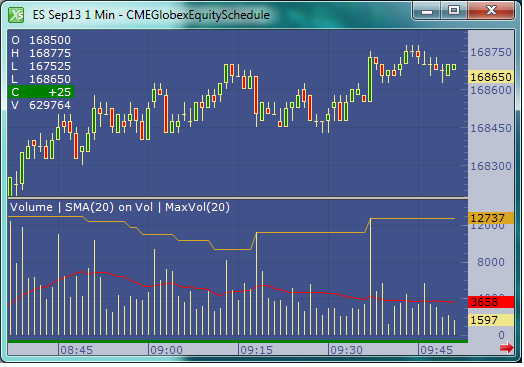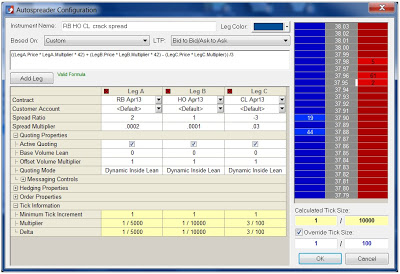
The wonders of modern technology are miraculous. Who wasn’t amazed by the news of Voyager I’s departure from the solar system into interstellar space? This feat seems incredible with current technology, let alone with propulsion, guidance and communication systems designed and built almost 40 years ago. With the scientific and engineering capabilities of the modern world, what technology problem can no longer be solved through the concerted efforts of smart engineers?
Let me offer one: financial systems interoperability. “Blasphemy,” you say, “have you not heard of FIX protocol, that cure for the financial industry’s tower of babel?” Sure, I know about FIX (Financial Information eXchange), which includes version 5.0, introduced around seven years ago, as well as the versions firms actually use, namely FIX 4.2 and FIX 4.4, which are 13 and 10 years old respectively.
So what’s the problem with FIX? Before discussing it, I want to clearly state that FIX goes a long way toward enabling integration of financial systems. But it doesn’t go all the way. In a world where fancy toys and even some kitchen gadgets offer plug-and-play interoperability with the Internet, it seems ironic to me that systems used by multi-billion dollar banks and asset managers can take weeks or months to integrate using FIX. FIX gets you into the ballpark, but you have to expend a huge amount of time and effort to locate your seat.
Ambiguity is a major issue, resulting in applications such as back-office and order management systems using different ways of expressing the same thing. You might know that FIX messages are built around sets of tags, where each tag is used to define a required or optional message attribute. The problem is that a fair amount of latitude is granted in the interpretation and use of many critical FIX tags. So the process of integrating two “standard” FIX-enabled systems often involves clunky gymnastics, such as tag remapping, suppression and injection. And no FIX integration effort is complete without the conformance test process, which often involves a fair amount of trial and error to get things right. This requires a lot of time and money, and can result in brittle integrations that often don’t accommodate new financial instruments without additional work.
Continue Reading →




